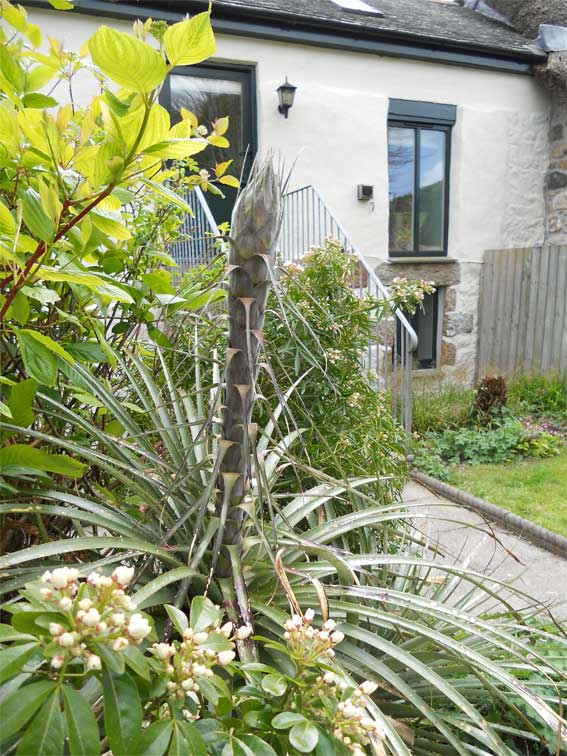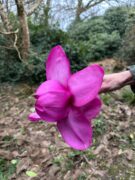The hatching of the ducklings has been a rather drawn out affair, probably due to us trying to hatch smaller call duck eggs alongside the larger Indian runner and Appleyard eggs. However, we now have 10 bouncing, heavily water consuming and splashing ducklings from 19 eggs, plenty to restore the level of quacking at Boscrowan. We are now lending the incuabtor and more eggs to a neighbour as we have 2 broody hens also sitting on duck eggs – we could have more than we can cope with and have to find alternative homes for, never a problem it seems – always waiting customers!
Not to mention the 2 piglets which we are going to collect on tuesday, from Constantine. A new venture for us, but should be quite fun! They will live outdoors in the daytime in the grass field alongside the poultry houses and bee hives and close to the veg growing area from which no doubt they will be able to receive additional treats. At night they will come into a building which was originally a pigsty and sleep on a deep bed of straw. What a life!!










